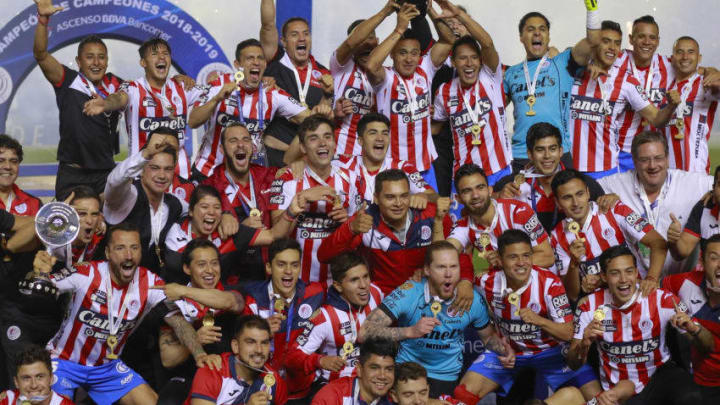
Second division rarely demonstrated viability
In 1994, the FMF took steps to prop up Mexico’s struggling second division. But the changes proved to be little more than cosmetic. The league was renamed Primera A, loosely suggesting there was little difference between First Division soccer and the new organization.
Uncertainty and constant change remained the name of the game. The only thing that didn’t change was instability.
Every season saw more turnover – new teams, new locales, new owners. Primera A started with 17 teams (including Pachuca) and 26 years later the list of teams that have gone through this league exceeds 70.
There was constant tweaking of rules and regulations in an effort to prop up the Primera A. In an effort to provide greater stability, each Liga MX club was required to have an affiliate in Primera A beginning in the late 1990s. The league grew to 24 teams.
In 2009, the league was rebranded Liga de Ascenso … but circumstances did not improve as clubs failed to pay players, several teams were disaffiliated for one violation or another, and owners with shady backgrounds were allowed to buy their way into the league.
Only three years later – 2012 – another rescue effort was tried and the league was renamed Ascenso MX. Stricter fiscal auditing standards were adopted and rules were put in place that forced teams to be fully certified to join Liga MX via promotion (an “A” quality stadium with minimum capacity of 20,000; basic facilities for youth categories and, later, women’s teams; healthy and transparent financial situations).
But clubs were simply unable to meet the new certification requirements and the second division slimmed down to 14 teams during the summer of 2019. In addition, three of the remaining teams were owned by groups that operated Liga MX teams which made them ineligible for promotion (multi-team ownership is prohibited, though there are exceptions).
In December, the Loros de Colima and Potros UAEM franchises folded and Ascenso MX was down to 12 teams. When the Covid-19 pandemic forced suspension of the Clausura, the writing was on the wall. Though five clubs resisted canceling the season to accept the Liga MX proposal, it soon became clear that the choice was either accept the creation of a developmental league, or face extinction.
